The news that Shinagh Estates farm in Co Cork is to become the world’s first zero-carbon commercial dairy farm is simply huge.
Armed with €2m of funding from Science Foundation Ireland, the Carbery-Teagasc collaboration will not only endeavour to use all the latest learning, science and technology on the 240-cow dairy herd on the farm outside Bandon, but to transfer that knowledge to 5,000 dairy farms across the country.
Established 10 years ago, Shinagh now has the opportunity to become a global leader in the drive for sustainability in dairying. The challenge is immense, but the prize is also immense.
The RTÉ 9pm news on Monday featured a piece on Shinagh. Then followed an interview with George Lee that suggested €100bn of CAP funding in environmental sustainability has had a negligible impact.
The suggestion that this was €100bn “wasted” needs proper analysis.
It’s true to say there has been little impact on the environment from the Greening measure, but there is a broader context. In the Ciolo? reforms, 30% of Pillar I basic payments were taken from farmers and placed in the Greening pot. Critics described the system as greenwashing, but that is only half the story.
Essentially, the creation of the Greening pot took away payments which had been developed as a compensation for the poor market prices farmers receive in the artificial and managed market they sell into.
Evolution
Direct payments evolved from market protection measures, even as the EU moved from being a protected market to one that operates in a fully globalised market, with global prices in a race to the bottom.
It’s true that most farmers re-accessed this money by complying with the terms of Greening. We revealed two weeks ago that only 31 of the cumulative 745,000 Irish BPS recipients have failed to receive the Greening payment over its six-year existence.
The current CAP reform now sees the evolution of the Greening payment into the new eco schemes.
These are expected to result in a cut of 25% in direct payments, the permanent loss of the Greening payments to farmers. That is an effective 25% cut in incomes for drystock farmers.
So it can be argued that the Greening payments’ real impact is in a massive transfer of funding from direct farmer support to environmental support through schemes. It just took a little time.
Some €100bn which was contributing to farmers’ incomes is now directed to environmental schemes. That is an undeniably significant occurrence, one even the Greening payment’s harshest critics may come to acknowldege in time.




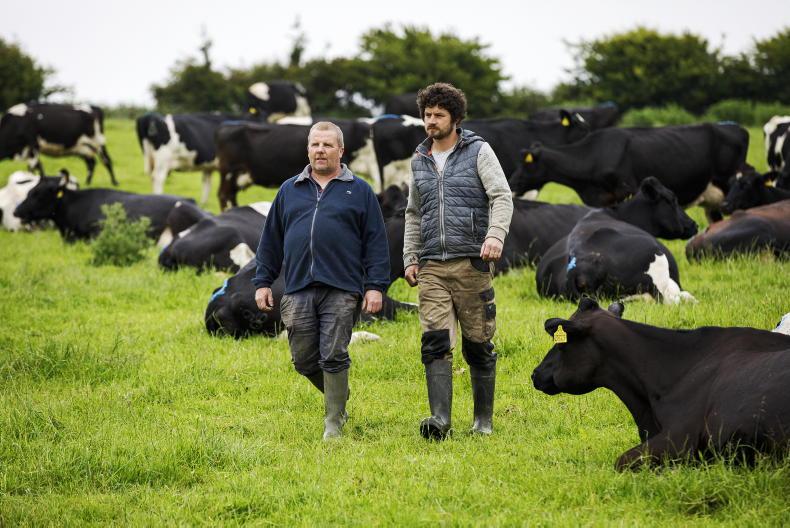
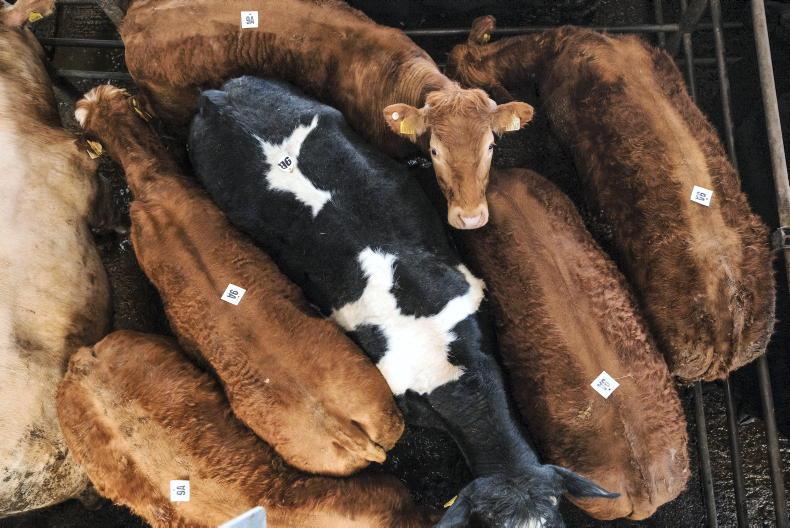

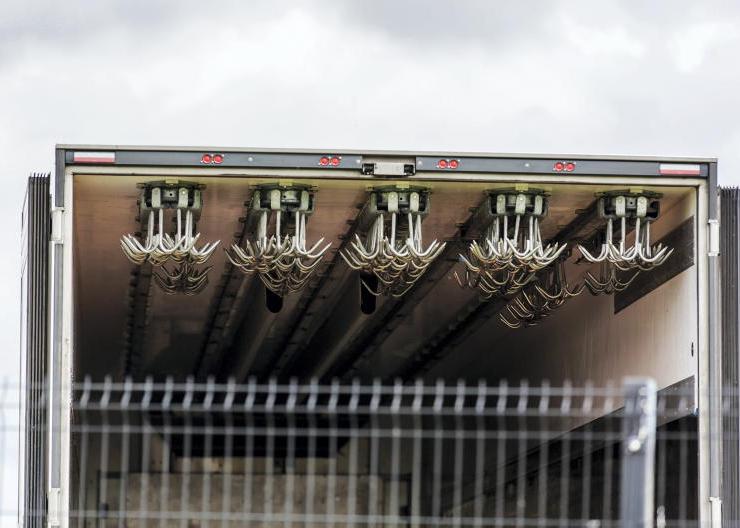
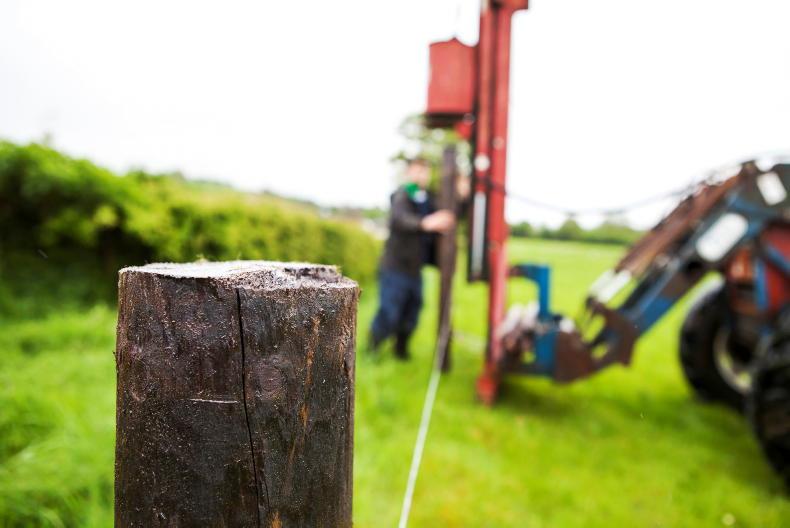
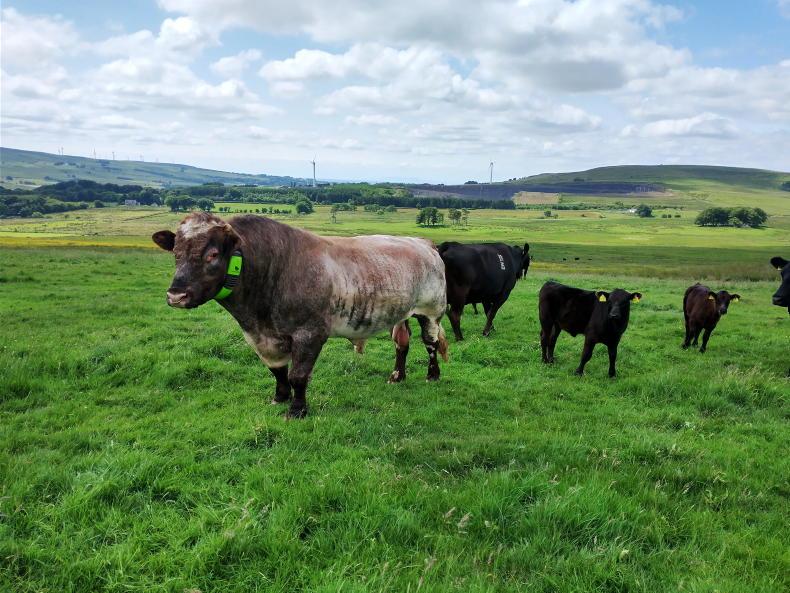
SHARING OPTIONS